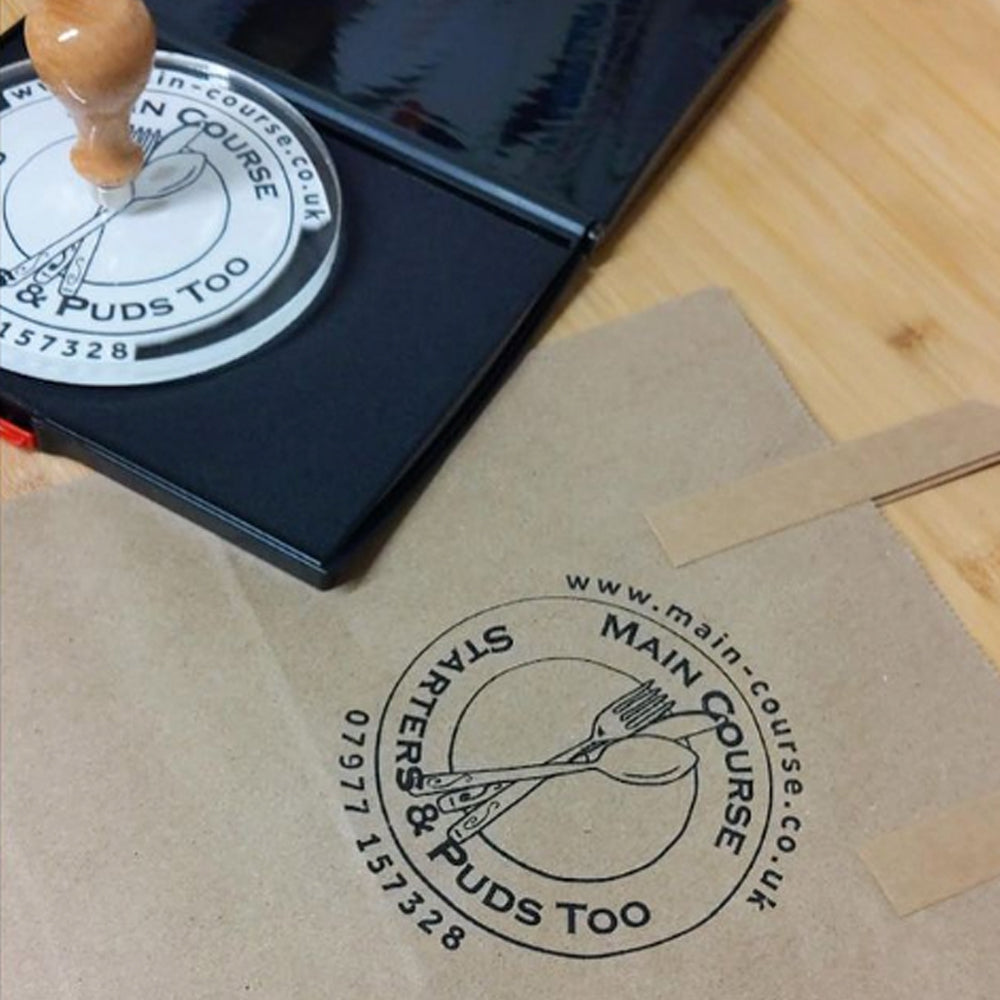The Rise of Cardboard Wine Carriers A Sustainable Solution for Wine Transportation
In recent years, the wine industry has evolved significantly, reflecting changes in consumer preferences, sustainability concerns, and innovative packaging solutions. One of the most notable advancements in this area is the emergence of cardboard wine carriers. These eco-friendly alternatives are rapidly gaining popularity among wineries, retailers, and consumers alike. This article delves into the reasons behind their rise and the benefits they bring to the wine transportation process.
Understanding Cardboard Wine Carriers
Cardboard wine carriers are essentially designed boxes made from sturdy, recyclable cardboard that can hold one or more bottles of wine securely. They come in various designs, from simple holders to sophisticated packaging with branding options. Unlike traditional packaging, which often relies heavily on plastic or glass, cardboard wine carriers provide an eco-friendly solution that promotes sustainability without compromising the wine's integrity during transport.
Sustainability Matters
As the world becomes increasingly aware of environmental issues, the demand for sustainable packaging solutions has surged. Cardboard wine carriers are recyclable and often made from recycled materials, making them a favorable choice for eco-conscious consumers. Wineries and retailers that opt for these carriers not only reduce their carbon footprint but also align their brands with environmental responsibility, attracting a growing demographic of environmentally-aware consumers.
The impact of packaging waste is substantial, particularly in the wine industry, which traditionally uses glass bottles, heavy plastic cases, and styrofoam for protection during transportation
. By switching to cardboard wine carriers, companies can significantly reduce the waste generated throughout the supply chain.Cost-Effectiveness
From a business perspective, cardboard wine carriers can be more cost-effective than traditional packaging methods. They are generally lighter than glass and plastic, lowering shipping costs. Additionally, cardboard carriers can often be produced at a lower cost, especially in bulk, which can lead to savings that can be passed on to consumers or reinvested in the business.
Moreover, their lightweight nature allows for more efficient storage and transport, enabling wineries to maximize space in shipping containers and reduce per-unit transportation costs. This efficiency is crucial in an industry where margins can be tight, making cardboard carriers an attractive option.
cardboard wine carrier

Versatility and Branding Opportunities
Cardboard wine carriers are versatile in design and function. They can accommodate various bottle shapes and sizes, which is particularly beneficial for wineries that offer unique or specialty wines. Furthermore, many producers offer customization options, allowing brands to print their logos, wine labels, or unique designs on the carriers. This not only enhances brand visibility but also creates a memorable unboxing experience for consumers.
As e-commerce continues to grow in the wine industry, the need for effective and appealing packaging has become paramount. Cardboard wine carriers are lightweight, easy to assemble, and can be designed to catch the eye of online shoppers. With their ability to stand out on digital shelves, these carriers provide an additional marketing tool for wineries looking to differentiate themselves in a crowded market.
Consumer Acceptance and Experience
Today's consumers are increasingly looking for convenient, aesthetic, and sustainable options when purchasing wine. Cardboard wine carriers meet these criteria by offering consumers an easy and effective way to transport their purchases. Beyond functionality, the aesthetic appeal of well-designed cardboard carriers can enhance the overall wine-buying experience, making it more enjoyable and festive.
Moreover, as consumers become more engaged in the wine-tasting experience, the aesthetics of their wine transport options—reflecting their values and preferences—play a significant role in their purchasing decisions. Cardboard wine carriers allow buyers to showcase their commitment to sustainability and creativity, further enhancing the social aspect of wine consumption.
Conclusion
The shift towards cardboard wine carriers represents not only a response to consumer preferences but also a significant step towards sustainability in the wine industry. As more wineries and retailers adopt this innovative packaging solution, the benefits become apparent—from reduced environmental impact and cost savings to enhanced branding opportunities and improved consumer experiences.
In a world that is increasingly prioritizing eco-friendliness and sustainability, cardboard wine carriers are poised to play a pivotal role in the future of wine transportation. Whether for a casual evening at home or a special celebration, these carriers are helping redefine the way we share and enjoy wine, one bottle at a time.



